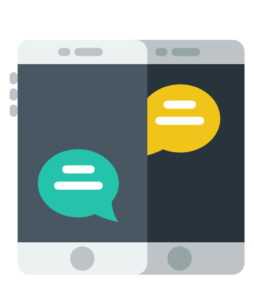Targeted Engagement

targeted engagement strategies
Personalize Your Content
Address recipients by their names to create a personal connection. Provide tailored interview times that fit candidates’ schedules. Offer personalized recommendations based on candidates’ profiles and preferences.
Ensure Relevance
Share content that aligns with the recipient’s current situation, interests, and needs as per their profile. Send information relevant to the recipient’s role or the position they are applying for.
Timing is Key
Reach out at times when the recipient is most likely to be receptive to your message. Respect time zones and working hours to avoid disturbing the recipient.
Data Analysis for Insights
Analyze engagement data to identify patterns and insights. Use these insights to refine your engagement strategy, especially for interviewers conducting the next level assessments.
Segment Your Audience
Segment candidates based on their application status, such as “Do Not Disturb” (DND) if they request no further contact or “Not Matching” if their experience, compensation expectations, or availability do not align with current requirements.
Tailored Content Creation
Create content that addresses the specific interests and needs of each segment. For example, mark candidates as “DND” if they ask not to be disturbed, and “Not Matching” for those whose profiles don’t meet the requirements, so they can be reconsidered for future opportunities.
Benefits of Targeted Engagement
Targeted engagement boosts engagement rates through personalized, attention-grabbing content and enhances candidate experience with respectful, relevant communication. It improves efficiency by focusing on specific groups, leading to higher conversion rates and better candidate matches. Additionally, it strengthens brand reputation by portraying attentiveness and building trust and loyalty
- Higher Engagement Rates
- Improved Candidate Experience
- Enhanced Efficiency
- Increased Conversion Rates




